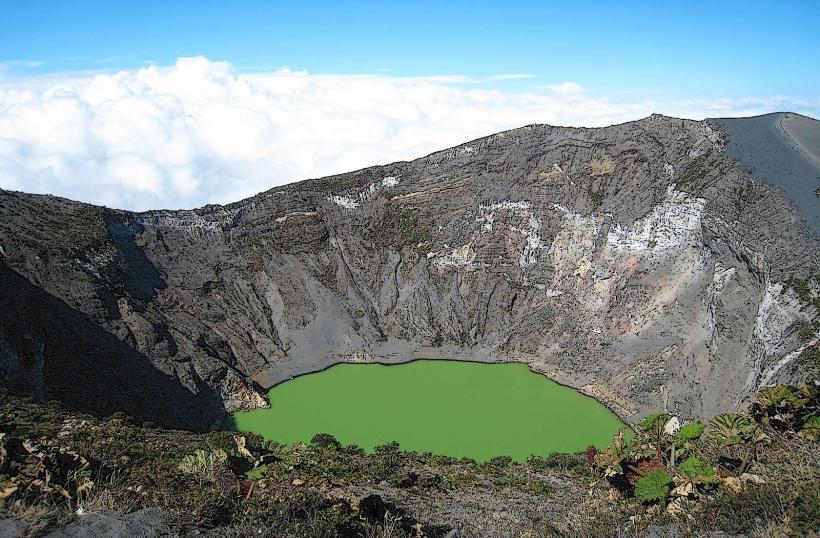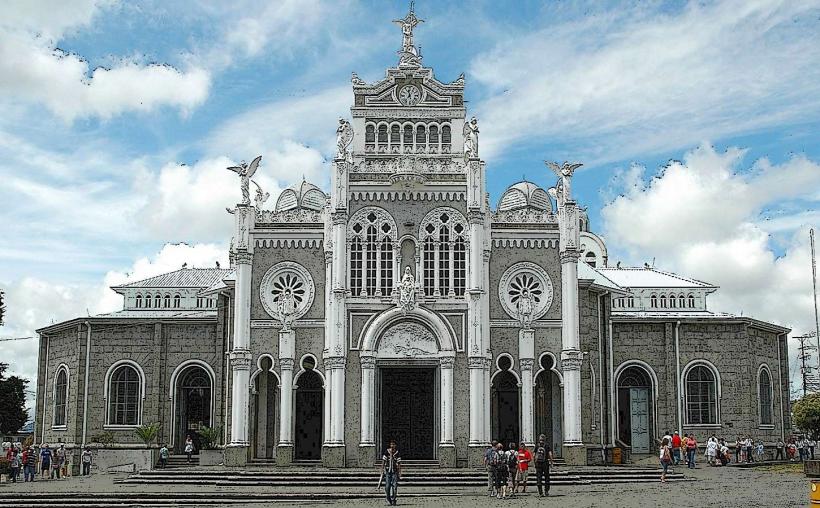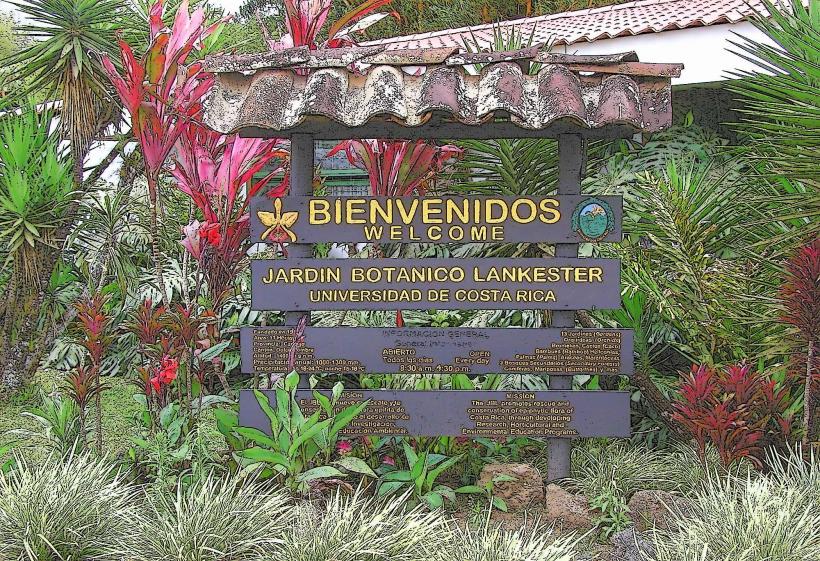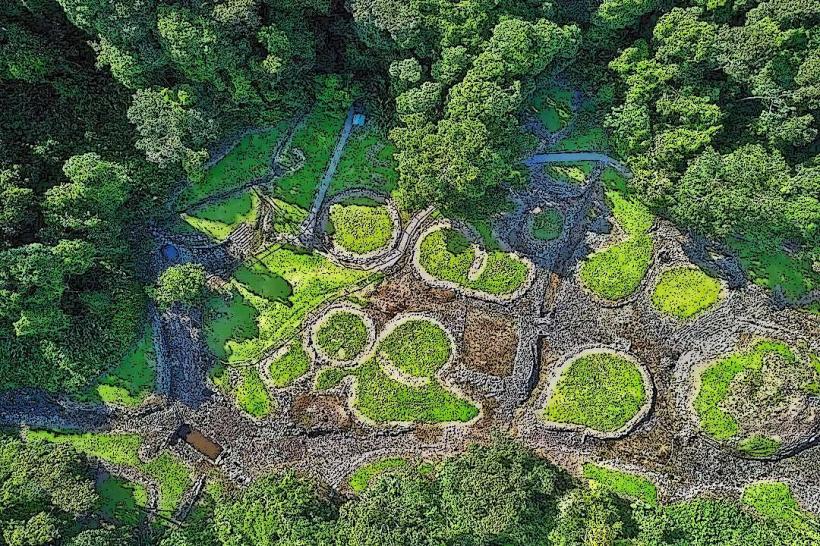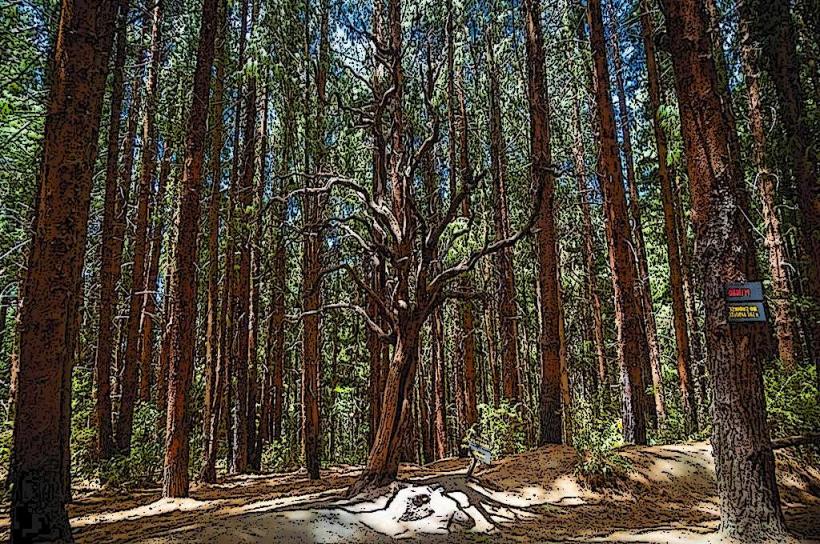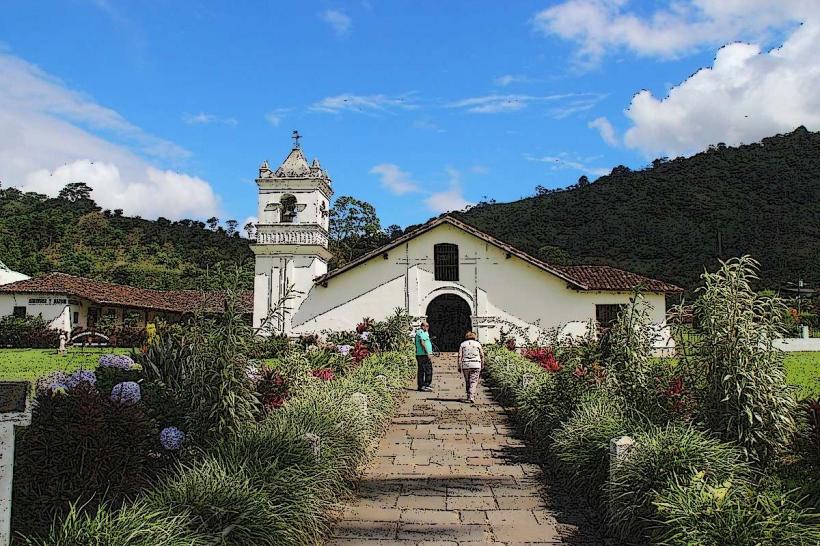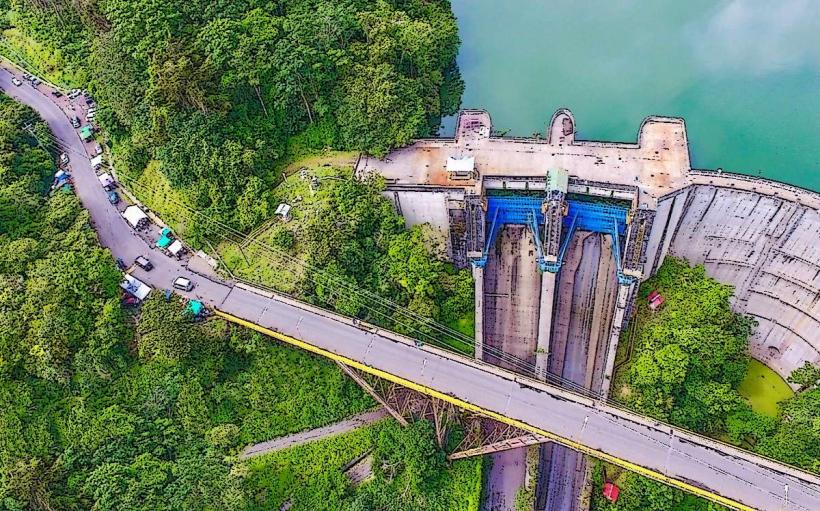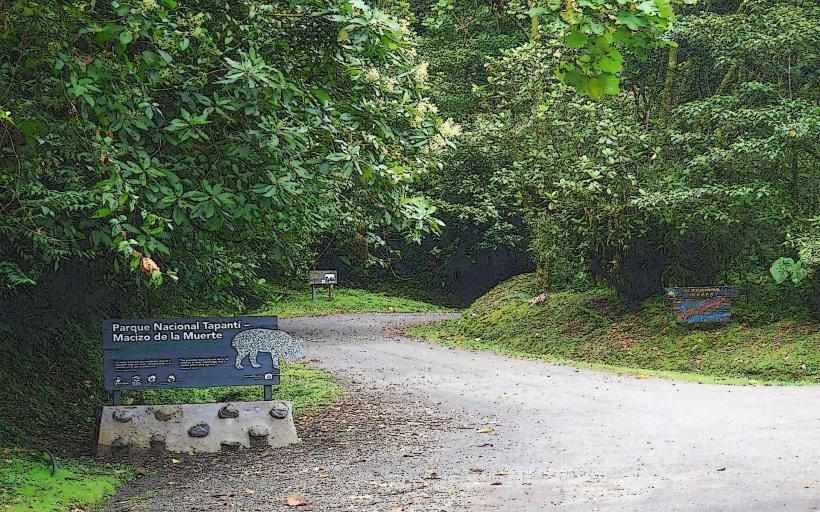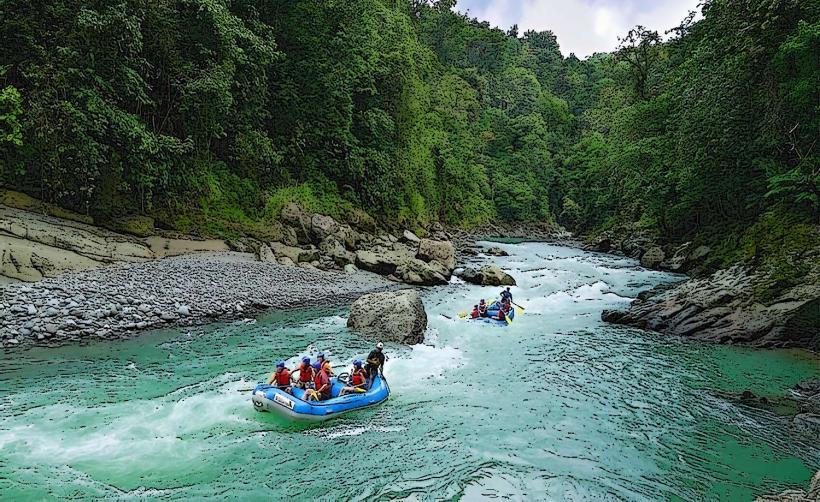Information
Landmark: Turrialba Volcano National ParkCity: Cartago
Country: Costa Rica
Continent: North America
Turrialba Volcano National Park (Parque Nacional Volcán Turrialba) is a protected area located in the central highlands of Costa Rica, dedicated to preserving the natural environment around the active Turrialba Volcano. The park is renowned for its lush landscapes, diverse ecosystems, and the imposing presence of the volcano itself. It is a popular destination for nature lovers, hikers, and those interested in volcanic landscapes, with opportunities for adventure and stunning panoramic views.
Overview:
- Name: Turrialba Volcano National Park (Parque Nacional Volcán Turrialba)
- Location: Cartago Province, Costa Rica
- Established: 1955
- Area: Approximately 72,000 hectares (178,000 acres)
- Elevation: 3,340 meters (10,958 feet) above sea level at the summit
- Main Attractions: Turrialba Volcano, hiking, wildlife, cloud forest, panoramic views
History and Significance:
The Turrialba Volcano is an active stratovolcano located in Cartago Province, with its last significant eruption occurring in 2016, although it has been erupting intermittently for centuries. The volcano itself is a prominent feature of Costa Rica's Central Volcanic Mountain Range, and it has shaped much of the surrounding landscape.
- Turrialba Volcano National Park was created in 1955 to protect the volcano and its surrounding ecosystems, which include cloud forests, tropical rainforests, and highland ecosystems. The park is also a key area for scientific research, particularly in the study of volcanic activity, geology, and the surrounding biodiversity.
- The park is located about 50 kilometers east of San José and can be accessed from Cartago or Turrialba, making it relatively easy to visit for those staying in the capital or nearby towns.
Key Features and Attractions:
1. Turrialba Volcano:
- The main attraction of the national park is the Turrialba Volcano itself. Standing at 3,340 meters (10,958 feet), it is the third-highest volcano in Costa Rica.
- The volcano is known for its continuous fumarolic activity, with steam vents and gas emissions regularly visible at the summit. While the volcano is active, it does not always erupt explosively, and visitors can safely visit the area around its base and lower slopes. However, access to the summit is occasionally restricted due to volcanic activity.
- The views from the surrounding park offer a stunning panoramic view of the volcano, the Turrialba Valley, and the Caribbean slopes, making it a popular destination for hiking and photography.
2. Hiking Trails:
- Turrialba Volcano National Park offers several hiking trails for visitors of varying skill levels. These trails allow visitors to explore the lush cloud forests, catch glimpses of the volcano, and observe the diverse flora and fauna of the region.
- The trails lead through different ecosystems, including highland forests and volcanic terrain. Some trails take visitors through dense forest areas, while others offer open vistas with views of the volcanic craters and nearby towns.
- The most popular hiking trail is the Turrialba Volcano Summit Trail, which leads to the crater. While the summit may be inaccessible during times of heightened volcanic activity, the lower trails still offer spectacular views and opportunities to observe the park's diverse natural environments.
3. Biodiversity:
- The park's diverse ecosystems are home to a variety of wildlife species. The cloud forest surrounding the volcano is rich in plant life, including epiphytes, mosses, and ferns, while the lower areas host a variety of tropical trees.
- Birdwatchers will appreciate the park's abundance of bird species, including the resplendent quetzal, hummingbirds, and various parrots. The area is also home to mammals like pumas, white-faced capuchin monkeys, and a wide variety of insects and amphibians.
- The park is a vital area for conservation and plays a key role in protecting the Central Volcanic Range's biodiversity.
4. Volcanic Crater and Views:
- The crater of Turrialba Volcano is one of the key attractions in the park. The park's lookout points provide breathtaking views of the crater and the surrounding landscapes.
- Visitors can often observe the volcanic activity in the form of steam emissions, which are a result of the volcano's constant fumarolic activity. Although access to the summit is restricted during periods of increased activity, the surrounding trails offer panoramic views of the volcano's base and slopes.
- The volcano's activity also makes it a unique site for studying geological and volcanic processes.
5. Panoramic Views:
- From the park’s various viewpoints, visitors can enjoy sweeping views of the Turrialba Valley, the Caribbean lowlands, and, on clear days, even the distant Pacific Ocean. These views offer an unparalleled perspective of Costa Rica's volcanic landscape and its natural beauty.
Adventure and Activities:
- Hiking and Trekking: The park offers numerous hiking trails, some of which take visitors to the volcano's base, while others meander through the park's cloud forests. Hiking is one of the most popular activities, with trails suitable for various fitness levels.
- Wildlife Watching: With its rich biodiversity, the park is a fantastic destination for nature enthusiasts and wildlife photographers. Visitors can observe birds, mammals, reptiles, and various plant species, especially in the early morning or late afternoon.
- Volcanic Observations: The constant volcanic activity makes the park a great location for observing volcanic features such as steam vents, lava flows, and crater views. Be sure to check the park’s conditions before heading to the summit, as safety regulations may limit access.
- Geological Tours: The park also offers opportunities for geological tours, where visitors can learn about the volcanic activity, the formation of the region, and the geological significance of the Turrialba Volcano.
Visitor Information:
1. Hours:
- The park is typically open from 8:00 AM to 4:00 PM daily, but it's advisable to check ahead for updates, especially if there's increased volcanic activity.
2. Admission:
- There is an entrance fee for visitors, with discounts for students, residents, and children. The fees help with the park's maintenance and conservation efforts.
3. Guided Tours:
- Guided tours are available for those who wish to learn more about the park’s history, volcanic activity, and ecology. These tours can be tailored to different interests, whether you’re focused on volcanology, biodiversity, or photography.
4. Accessibility:
- The park is accessible by car, and visitors can reach it from Cartago or Turrialba. The roads leading to the park are well-maintained, but they can be steep and winding, especially as you approach the base of the volcano.
- Hiking trails within the park range from relatively easy paths to more challenging treks. Visitors should be prepared for some elevation gain and may want to bring sturdy footwear, sun protection, and plenty of water.
Why Visit?
Turrialba Volcano National Park offers a unique opportunity to experience Costa Rica’s volcanic landscape up close. The combination of volcanic activity, lush cloud forests, diverse wildlife, and panoramic views makes it a must-visit for nature lovers, adventure enthusiasts, and those with an interest in geology. Whether you're hiking to the summit for a closer view of the active crater, photographing the stunning scenery, or simply enjoying the tranquility of the park, Turrialba Volcano National Park provides an unforgettable experience in one of Costa Rica’s most active and ecologically rich regions.

